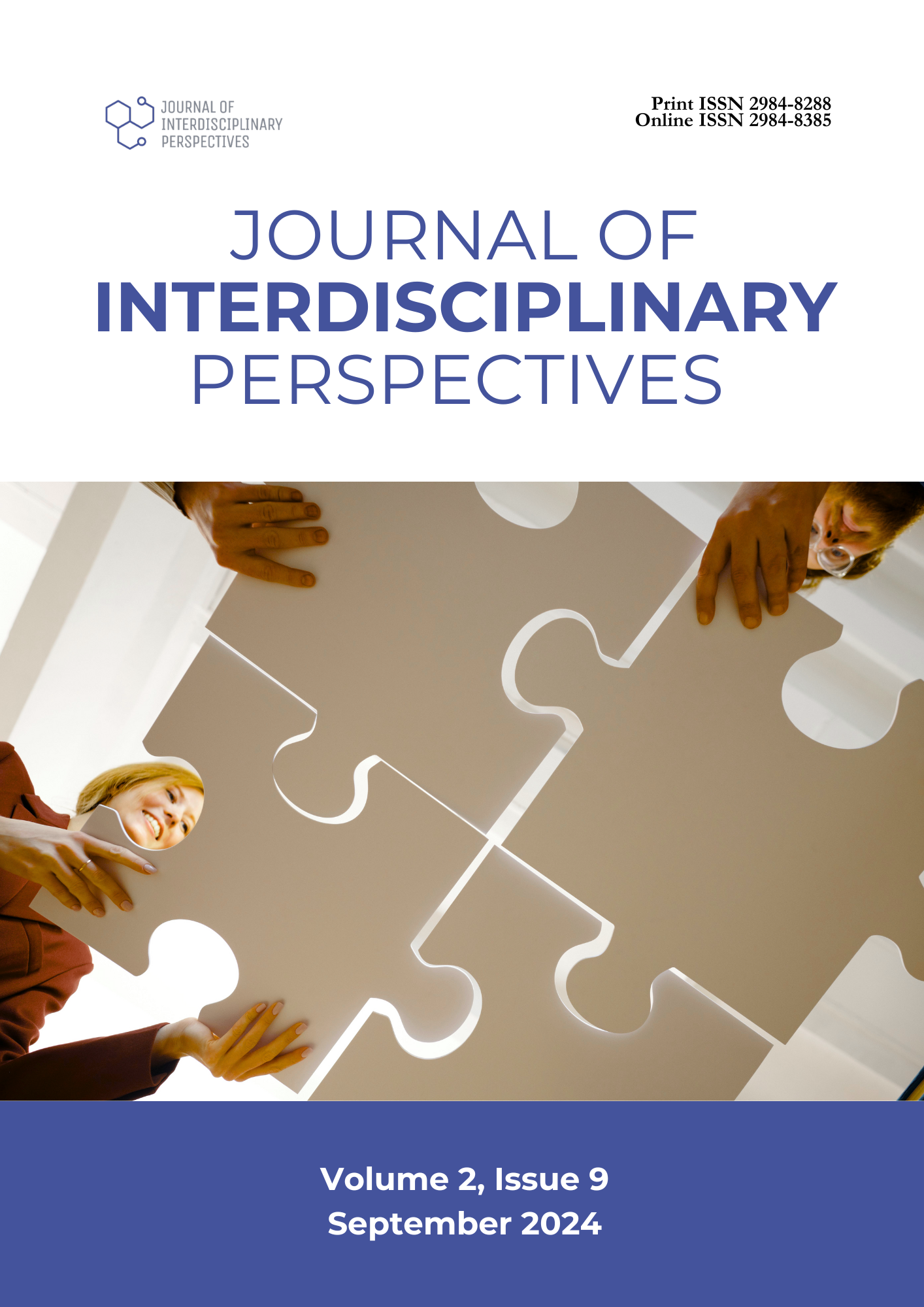Satisfaction Survey of a State University among its Clients
DOI:
https://doi.org/10.69569/jip.2024.0308Keywords:
Customer satisfaction, Service quality, State university, Highly urbanized city, Descriptive designAbstract
This study aimed to determine the customer satisfaction of a state university in a highly urbanized city. Specifically, it aimed to answer the level of customer satisfaction when grouped according to tangible reliability, responsiveness, and empathy. When grouped according to age, sex, types of participants, and types of services availed. The research utilized the descriptive design. The study's participants were the local clients of a state university in a highly urbanized city. A researcher-made survey questionnaire was used to collect information, and the answers to these questions constitute the data and information collected from 384 participants. The researchers used stratified random sampling to identify 310 student clients and quota convenience sampling to identify 74 clients other than the students who had received services from the state university. The statistical tools used to treat and analyze the gathered data were the frequency count, mean, Kruskal Wallis, and Mann-Whitney U test. The study result showed that the customers were very satisfied with the state university’s services in terms of tangible, reliable, responsive, and empathetic services. Student customers were very satisfied with the BSMA, BSA, BSOA, AEP programs, and BSE and BSBA programs. Customers other than students like alumni, faculty, SK, and Barangay officials, as were the parents, were very satisfied. Age and sex do not influence customer satisfaction, while the type of participants and services availed influence customer satisfaction.
Downloads
References
Arevin, A., Hamida, H., & Nainggolan, B. (2024). Social media marketing to increase customer satisfaction in hospitality industry. International Journal of Data and Network Science, 8(3), 1471–1480.
Arif, S., & Ilyas, M. (2011). Leadership, empowerment and customer satisfaction in teaching institutions: Case study of a Pakistani University. The TQM Journal, 23(4), 388–402. https://doi.org/10.1108/17542731111139473
Buditjahjanto, I. G. P. A. (2020). Customer satisfaction snalysis based on SERVQUAL Method to determine service level of academic information systems on higher education. Khazanah Informatika : Jurnal Ilmu Komputer Dan Informatika, 6(2). https://doi.org/10.23917/khif.v6i2.10690
Ferreira, C. F. D. C., Djo, M. K., Freitas, J. R., & Abi, M. T. (2021). The impact of service quality on customer satisfaction: a study on higher education students in Timor-Leste. Timor Leste Journal of Business and Management, 3, 47–53. https://doi.org/10.51703/bm.v3i2.35
Gwelo, A. S. (2019). Multinomial modelling of customer satisfaction in the education sector. Journal of Economics and Management, 35(1), 63-79. https://doi.org/10.22367/jem.2019.35.04
Halawa, E. B., Elvina, E., & Halim, A. (2024). The influence of service quality, products, promotions, and store atmosphere on customer satisfaction at Café Jm 77 Rantauprapat. Indonesian Interdisciplinary Journal of Sharia Economics, 7(2), 3311-3328. https://doi.org/10.31538/iijse.v7i2.4949
Hariyanto, T., Sumaryanto, S., Nasrulloh, A., & Antoni, M. S. (2024). Unraveling customer satisfaction and loyalty at university pool: The impact of marketing mix and service quality. Jurnal Keolahragaan, 12(1), 103-113. https://doi.org/10.21831/jk.v12i1.70937
Hayat, Z., Hayat, S., Hayat, S., & Awan, H. M. (2020). A framework for assessing impact of brand personality on customer satisfaction: The moderating role of gender and age. Journal of Business and Social Review in Emerging Economies, 6(3), 999–1014. https://doi.org/10.26710/jbsee.v6i3.1334
Joshi, M., & Dabas, R. (2022). Exploring the nexus among internet banking service quality, customer satisfaction, age, and gender: A developing country perspective during COVID-19. Indian Journal of Marketing, 52(9). https://doi.org/10.17010/ijom/2022/v52/i9/171982
Kobero, W., & Swallehe, O. (2022). The effects of service quality on customer satisfaction in higher learning institutions in Tanzania. Open Journal of Business and Management, 10(3), 1373-1391. https://doi.org/10.4236/ojbm.2022.103074
Mumthaza, S., Fahyuni, E. F., & Faujiyah, Y. (2020). Effectiveness of service quality through integrated information systems in increasing customer satisfaction and loyalty in Islamic education institutions: Proceedings of The ICECRS, 7. https://doi.org/10.21070/icecrs2020374
Ogundipe, D. O., Odejide, O. A., & Edunjobi, T. E. (2024). Agile methodologies in digital banking: Theoretical underpinnings and implications for customer satisfaction. Open Access Research Journal of Science and Technology, 10(2), 21–30. https://doi.org/10.53022/oarjst.2024.10.2.0045
Pawar, N. (2020). Type of Research and Type Research Design. In book Research Methodology (An Overview) (pp.46-57). KD Publications.
Shamsi, S., Khan, S., & Khan, M. A. (2023). Moderating effect of gender on service convenience and customer satisfaction: An empirical study of Indian e-retailers. LBS Journal of Management & Research, 21(1), 64–80. https://doi.org/10.1108/LBSJMR-07-2022-0038
Silveira, T. C. D. R., Romano, C. A., & Gadda, T. M. C. (2020). Public transport usage among university students: What to expect based on customer satisfaction survey (CSS) analysis. Transportes, 28(3), 32–45. https://doi.org/10.14295/transportes.v28i3.1797
Sustainable Development Goals. (2024). UNDP. Retrieved from https://www.undp.org/sustainable-development-goals
Taherdoost, H. (2016). Validity and reliability of the research instrument; How to test the validation of a questionnaire/survey in a research. International Journal of Academic Research in Management, 5, 28–36. https://doi.org/10.2139/ssrn.3205040
Vo-Thanh, T., Zaman, M., Thai, T. D.-H., Hasan, R., & Senbeto, D. L. (2024). Perceived customer journey innovativeness and customer satisfaction: A mixed-method approach. Annals of Operations Research, 333(2), 1019–1044. https://doi.org/10.1007/s10479-022-05079-3
Wardana, M. A. (2024). The impact of social media interaction and customer service quality on consumer trust with customer satisfaction as a mediator. Jurnal Mantik, 7(4), 3451-3459. https://doi.org/10.35335/mantik.v7i4.4719
Yan, D., Wang, C., Sun, T., & Wen, D. (2024). The impact of service experience on sustainable customer engagement: The mediation of green perceived value and customer satisfaction. Corporate Social Responsibility and Environmental Management, 31(3), 2433175–2194. https://doi.org/10.1002/csr.2685
Downloads
Published
How to Cite
Issue
Section
License
Copyright (c) 2025 Journal of Interdisciplinary Perspectives

This work is licensed under a Creative Commons Attribution-NonCommercial 4.0 International License.









